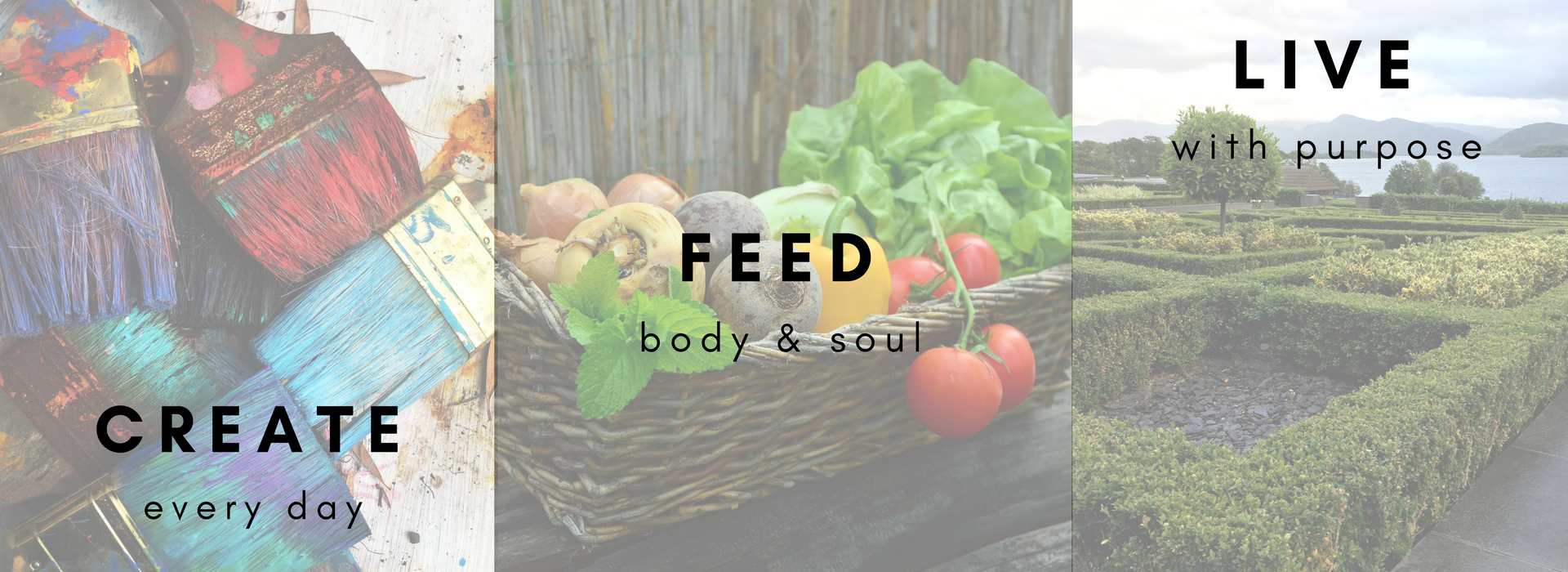Disconnect from History
 I accompanied my 13-year old daughter and a group of her friends to the Holocaust Museum in Washington DC as part of their 8th grade field trip. Although they’d been studying World War II in history and literature classes, there was a disconnect for them. It went beyond imagining “olden days” before technology. It was taking them to a place that was beyond their imaginations; a place so horrific that it seemed as real to them as a B-horror movie. These are girls who have never been touched by tragedy. They were only infants when 911 happened, and even then were isolated by being tucked away in a rural farming community.
I accompanied my 13-year old daughter and a group of her friends to the Holocaust Museum in Washington DC as part of their 8th grade field trip. Although they’d been studying World War II in history and literature classes, there was a disconnect for them. It went beyond imagining “olden days” before technology. It was taking them to a place that was beyond their imaginations; a place so horrific that it seemed as real to them as a B-horror movie. These are girls who have never been touched by tragedy. They were only infants when 911 happened, and even then were isolated by being tucked away in a rural farming community.
I know the history of WWII and the Holocaust and the plight of the European Jews. I read Anne Frank: The Diary of a Young Girl when I was in grade school and was profoundly effected. More recently I’ve read The Book Thief
and Once We Were Brothers
. I’ve seen the movies, each with a unique perspective on the war: Schindler’s List
, The Pianist
, and The Boy In The Striped Pajamas
to name a few. And the words and pictures, as horrific and unsettling yet moving and inspiring of hope all paled when I got to meet Nesse Godin, Holocaust Survivor.
There aren’t many survivors left. Nesse is 87 and was a young girl when Hitler’s forces invaded her native Lithuania. She works as a volunteer at the museum and was on hand to tell her story. At age 13 (the same age as our group of 8th grade girls), she and her family were rounded up and sent to one of the Jewish Ghettos. She survived there and was then sent to a concentration camp. She survived there only to be herded into a Death March of women, a last ditch effort of the Germans to kill as many more Jews as possible before the Soviets liberated the camp. Nine hundred women and girls died on that march; only 200 survived.
Strength and Willpower?
It is hard to imagine the strength required to survive the Ghetto – with barely any food and poor living conditions. It is harder to imagine the determination required to survive the concentration camp, where not only food, but clothing and heat were scarce. It is hardest to imagine that after four years of starving and freezing the amount of perseverance required to survive a march that you know has the sole purpose of killing you. But Nesse survived.

“How?” I asked, tears welling in my eyes. “You must have had so much will to live.”
“No,” Nesse said. “I wanted to die. Many times I wanted to die. But Jewish women kept me alive. ‘Why do you cry little girl?’ they would ask. ‘I am hungry,’ I would say. They placed tiny crumbs from their own meager rations in my mouth. ‘Why do you shiver so?’ they would ask. ‘I am cold,’ I would say. They showed me how to wrap myself in straw. Who knew you could gather warmth from straw? They would tell me, ‘God doesn’t want you to die. He wants you to live. You must promise that you will share your story so these terrible things never happen again.’ So here I am.”
Her story left me in awe. I always imagine that it takes great strength and willpower to survive whatever atrocities life throws our way (and none in my life even come close to what Nesse went through). But she gave me a different perspective: perhaps it is not strength we should seek, not determination we must muster, but rather surrounding ourselves with loving support and selfless kindness that can carry us through life’s storms; that the giving souls, who had nothing to give, still gave and cared for a soul more lost than their own.
I hugged Nesse. Blessed that I had heard her story. Thankful that I could share it with others. As I hugged her I told her I was so glad she had survived. She chuckled and smiled, “Me too, my dear, me too.”
[Note: Book and movie links are Amazon affiliate links. I receive a small percentage of the sale should you make a purchase on Amazon using one of the links. This does not effect the price you pay. Thank you for supporting me!]





